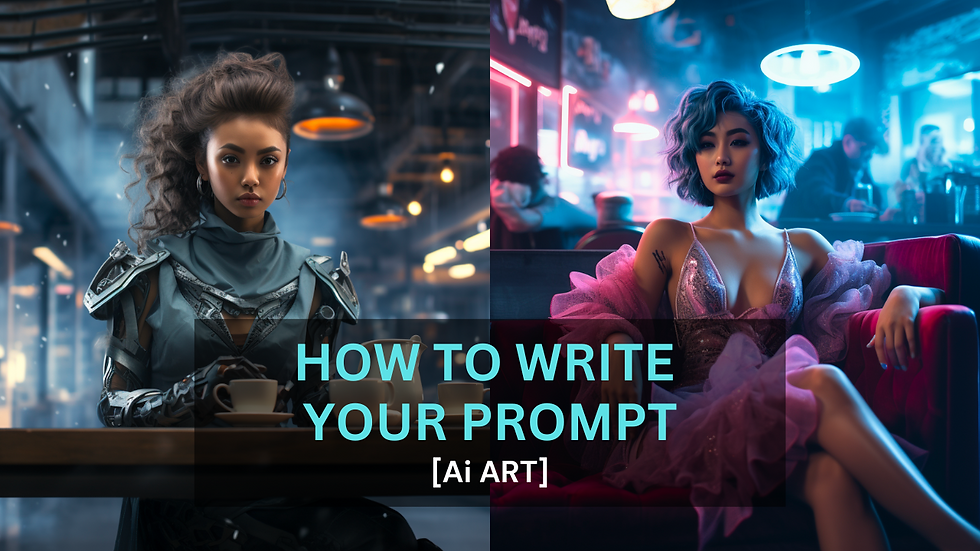ETTR technique for photographing Sunrise/ Sunset
- grey1217

- Oct 29, 2021
- 3 min read

Although using the Bracketing technique or GND filter to photograph sunrise/sunset would be better, it may be challenging for beginners.
Another option you can try is to use Expose To The Right (ETTR) technique.
The idea of the technique is to capture the photo as bright as possible without overexposed the highlight.
Using such a technique to photograph Sunrise/ Sunset means you will have to underexpose your foreground and then recover the shadow later during the post-processing.

Then you recover back the details in the shadow later using any photo editing software.
This technique relies on your camera's sensor capability. Luckily, most cameras on the market are able to apply the method, thanks to the high dynamic range they have now.
The higher the dynamic range the camera has, the more data it is able to capture and recover the details in both Shadows and Highlights of the photo.
Also, it is easier to recover underexposed shadows compared to overexposed highlights.
The technique
If you are shooting in Manual mode, you can take a test shot by setting the exposure right to the middle of the exposure meter on your camera.

Then, you review the result by checking on the Histogram.

If the histogram looks like above, it means that there's still room for you to go brighter by adjusting your Shutter Speed, Aperture or ISO.

If the "data" on the histogram touches the right edge, it means that certain areas in the highlight are overexposed, and you may not be able to recover the details during the post-processing.
Change your camera settings to get a darker exposure.

Ideally, you should aim to have your histogram looks like the above example. It means that the photo contains a lot of shadows, some mid-tones and lesser highlights. Notice that there are still some underexposed shadows, but it is considered acceptable as it only affects a small range of areas.
The steps are the same if you are shooting in Aperture mode, except you use the Exposure Compensation button to control the exposure instead of Shutter Speed, Aperture and ISO.
Tip for editing the photo
I will use Adobe Lightroom as an example here, but the concept would work with any editing software, including Photoshop.
When having an underexposed photo like this, people usually would brighten up the exposure or shadow aggressively and then bring down the highlight, but this may cause the photo to lose contrast and looked flat.
The best way to edit the photo is to start with a more subtle adjustment to recover the shadow and perhaps darken the highlight. Then, you use local adjustments such as the Gradient Filter or Radial Filter to adjust the sky and the foreground separately.
With that, you can retain the contrast between the sky and foreground and keep the photo looks natural.

For the above example, I used a Gradient Filter tool to darken the sky.

Then, I used a Radial Filter to edit the foreground.

I also have to adjust the reflection separately. There should have different exposure and contrast between the sky, foreground and reflection.
With that idea in mind, I continued to add different local adjustments to the photo and here's how it looked after the editing.

Conclusion
The ETTR technique is more straightforward and costs less than the Bracketing technique or GND filter, which is good for any beginner to capture an ideal photo of the sunrise /sunset.
Although the technique is easy to use, Image Quality will drop, especially in the shadow area. This is because noise tends to be more in the shadow area than the highlight, so an underexposed photo, especially with -3 exposure, will have more noise than a properly exposed photo.

Notice the amount of noise in the photo. It is considered a lot, but if only you plan to use your photo for a large print, the noise can be very obvious. If on a smaller resolution on social media, I doubt anyone can notice the noise. So, it is your choice to decide whether to use the technique. :)
That's all for this article, and I hope it helps you to kickstart in photographing the sunrise/sunset.
Happy shooting!
Grey Chow

Join our Photography Masterclass Community & improve your photography skill.
Subscribe to receive photography tips & tricks and update from Grey Chow
.png)



Comments